Fairies: The Enigmatic Spirits of Nature in Folklore and Fantasy
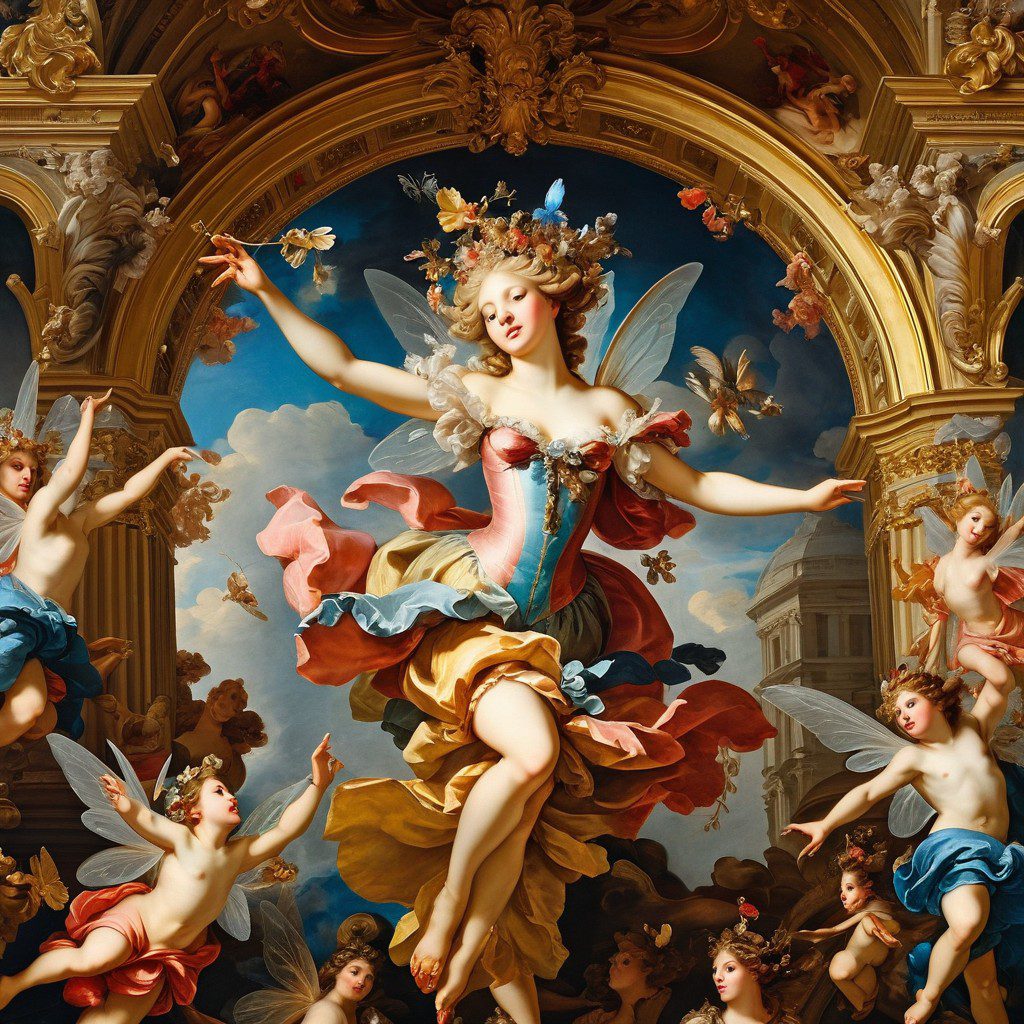
Fairies (or fae) are mythical creatures found in the folklore of many cultures, often portrayed as magical, otherworldly beings connected to nature. Throughout history, fairies have been depicted in various ways—from helpful spirits and mischievous tricksters to dangerous, malevolent forces. They inhabit a space between the human world and the supernatural, often linked to enchanted realms, forests, or the ancient past.
The concept of fairies has evolved through centuries of folklore and storytelling, eventually becoming an integral part of modern fantasy literature, films, and video games. These beings range from the tiny, winged creatures popularized by children’s stories to powerful, immortal spirits who can influence fate and bend nature to their will.
Origins and Mythological Background
The origins of fairies can be traced back to pre-Christian beliefs in nature spirits and supernatural entities that lived in the wilds, interacting with humans in both helpful and harmful ways. The idea of fairies as magical beings appears across many different cultures, including Celtic, Norse, and Greek mythology.
1. Celtic and Irish Folklore
In Celtic and Irish mythology, fairies were often associated with the Tuatha Dé Danann, an ancient race of deities or supernatural beings who were believed to inhabit the land long before humans. After being defeated in battle, the Tuatha Dé Danann were said to have retreated into the sidhe—mounds or hollow hills—where they became the Aos Sí, the “people of the mounds.” These beings became the basis for many fairy tales in Irish and Scottish folklore.
Fairies in Irish lore are also associated with the concept of the Otherworld, a magical realm parallel to the human world. The fairies could move between these worlds, sometimes abducting humans or interacting with them in mysterious ways. Fairy mounds, fairy rings, and fairy glades were believed to be entrances to these otherworldly realms.
2. Norse Mythology
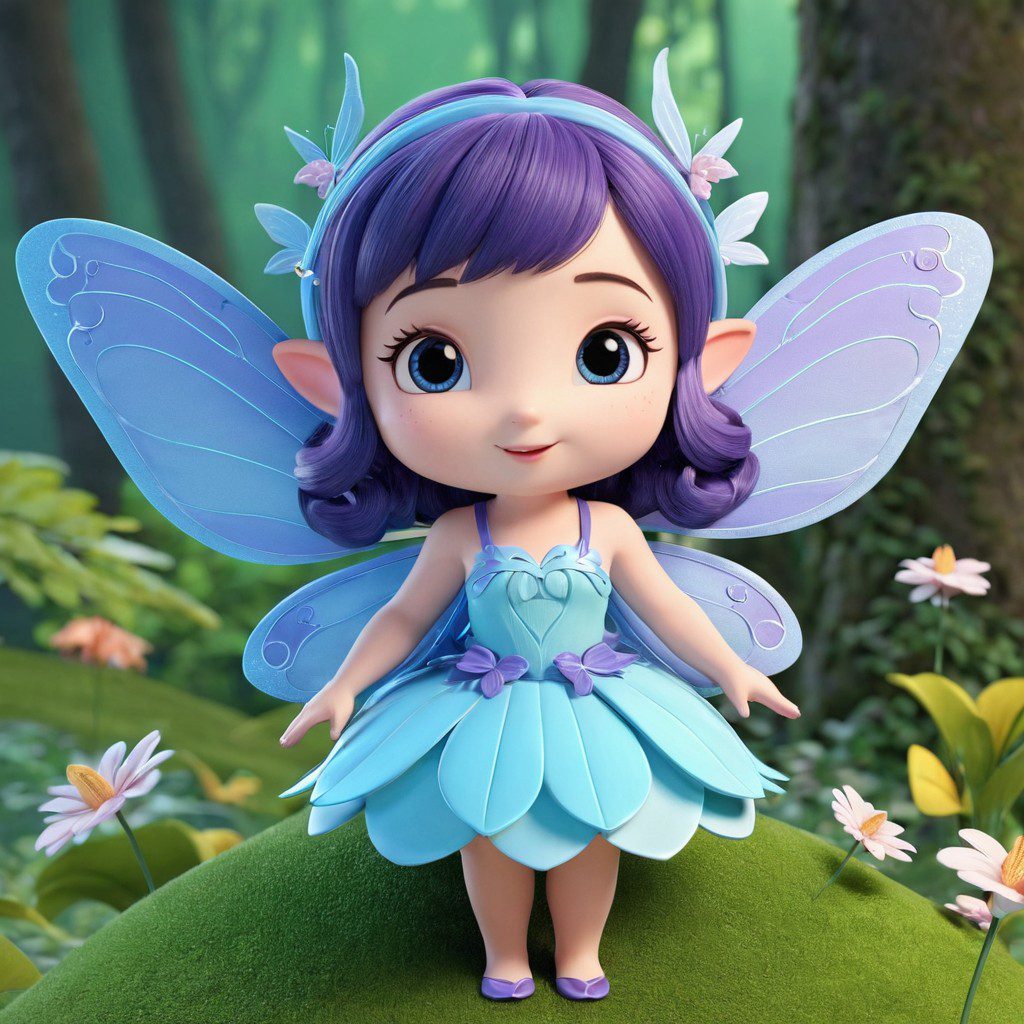
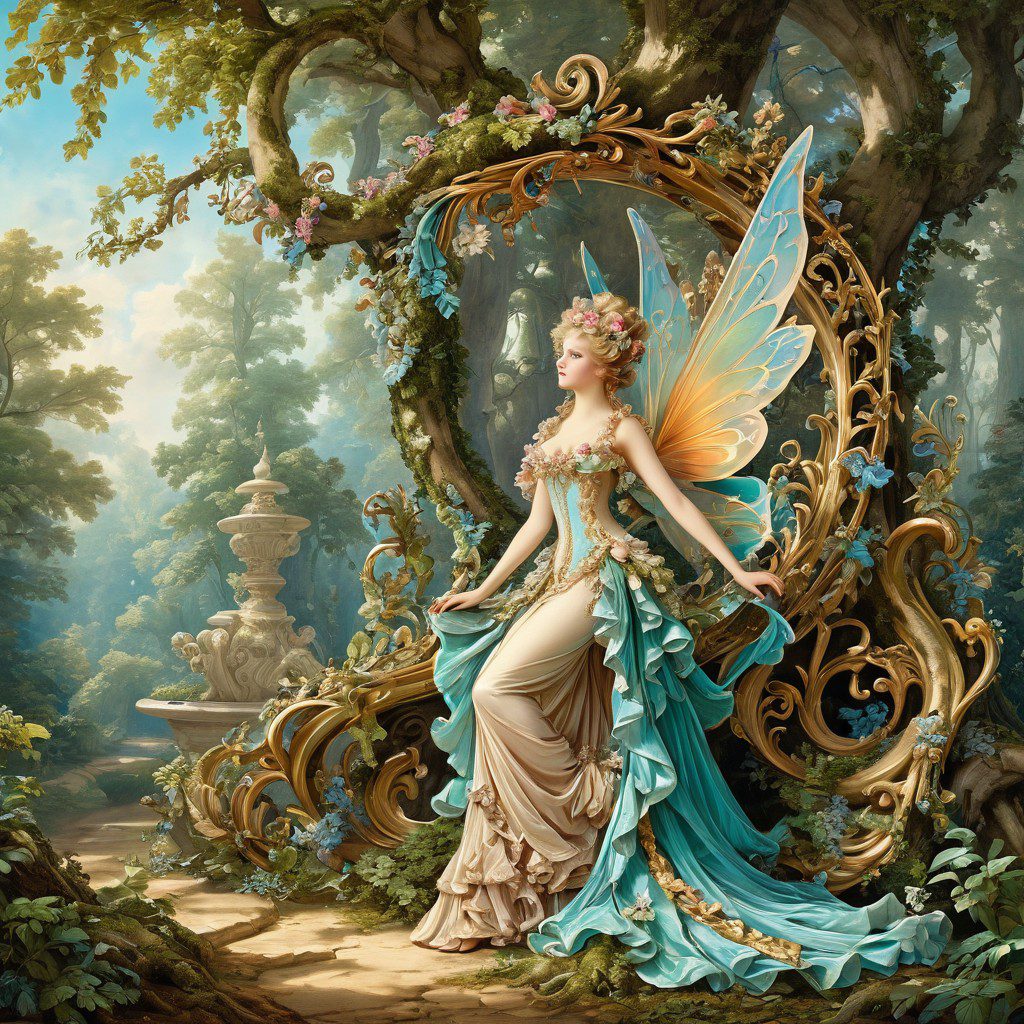
In Norse mythology, beings akin to fairies were known as elves (álfar), and they were divided into different categories such as the Ljósálfar (light elves) and Dökkálfar (dark elves). Elves, like fairies, were thought to be magical, ethereal beings associated with nature, the cosmos, and other mystical realms.
3. Greek and Roman Mythology
In Greek mythology, similar supernatural beings include nymphs, who are spirits of nature, often associated with rivers, trees, and other natural features. Nymphs are sometimes considered the Greek equivalent of fairies, as they represent the personification of nature’s elements.
Types of Fairies in Folklore
Fairies come in many different forms depending on the culture and specific myth, but they are generally divided into two broad categories:
1. Seelie and Unseelie Courts
In Scottish folklore, fairies are often categorized into two distinct groups:
- Seelie Court: These are the more benevolent fairies, known to help humans or at least refrain from causing harm. However, they can still be mischievous, especially if they are offended.
- Unseelie Court: These are the darker, more malevolent fairies who are prone to causing harm, misfortune, or even death. The Unseelie fairies are feared for their malevolence, especially since they often appear at night to terrorize humans.
This dichotomy between good and bad fairies has carried over into modern fantasy, where fairies are often portrayed as either whimsical helpers or cunning tricksters with darker intentions.
2. Nature Fairies
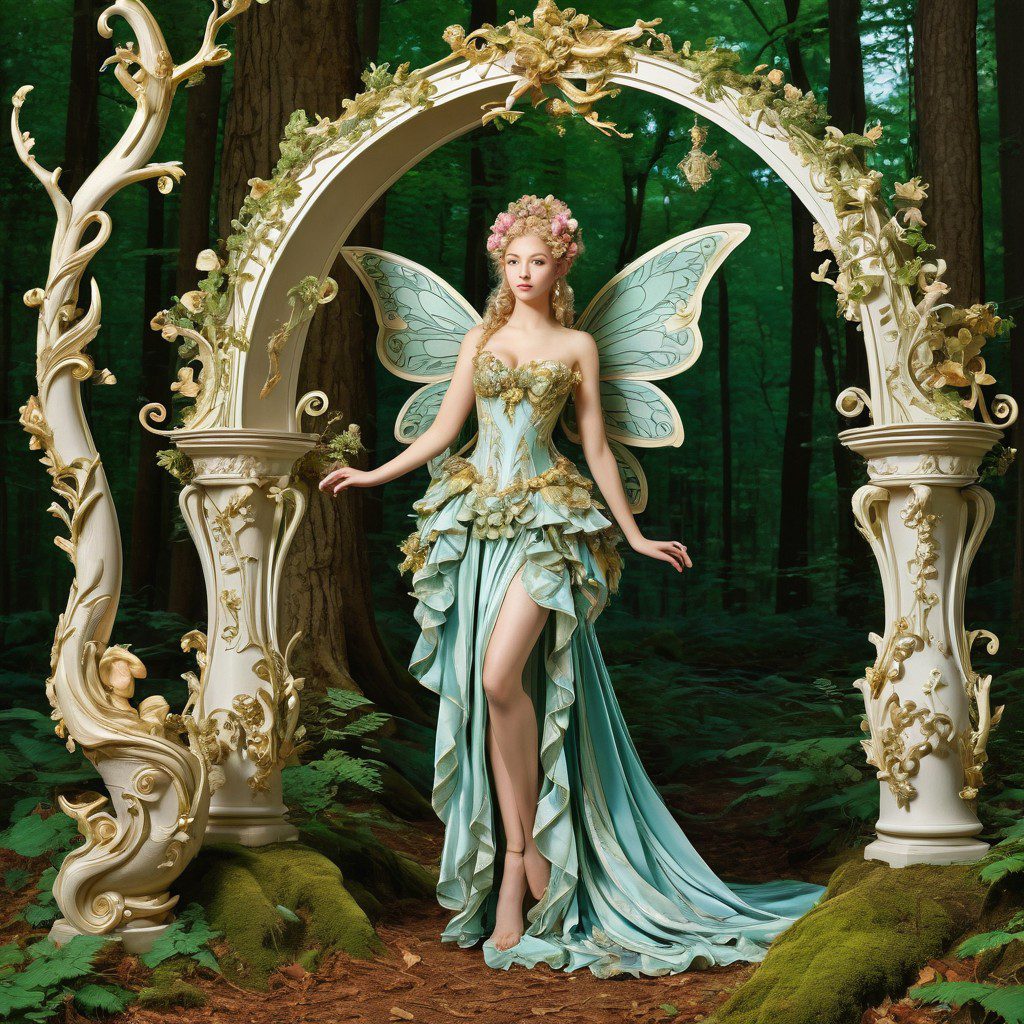
Many cultures feature fairies as spirits that embody natural elements or locations. These include:
- Nymphs: Associated with specific natural features like rivers, trees, and mountains. Greek nymphs are a form of fairy that personify natural elements.
- Dryads: Tree spirits often depicted as beautiful women who inhabit or protect forests. Dryads are a popular form of fairy in both Greek mythology and modern fantasy.
- Water Fairies: These include spirits like kelpies or nixies, who are often associated with lakes, rivers, or the sea. In some legends, they lure people to their watery doom, while in others, they protect bodies of water.
3. Household Fairies
Some fairies, especially in British and Irish folklore, are associated with households or specific locations. These fairies include:
- Brownies: Helpful fairies who assist with household chores in exchange for food or small offerings. They are generally benign but can become troublesome if they feel disrespected.
- Boggarts: Mischievous or malevolent household fairies that cause chaos by hiding objects or playing tricks on humans.
Fairies in Modern Fantasy
In modern fantasy, fairies have been reimagined and adapted into a variety of roles, ranging from helpful creatures to dangerous antagonists. Their magical abilities, ties to nature, and mysterious origins make them versatile characters in literature, video games, and films.
1. Literature
Fairies play significant roles in many classic and modern fantasy novels. Some of the most famous depictions include:
- William Shakespeare’s A Midsummer Night’s Dream: This play features fairies like Puck, Oberon, and Titania who influence the lives of mortals with their magic. Shakespeare’s portrayal of fairies as both mischievous and majestic helped shape modern depictions of the fae.
- J.M. Barrie’s Peter Pan: The fairy Tinker Bell became one of the most iconic fairies in modern literature, serving as Peter Pan’s loyal companion. She is depicted as a small, winged creature with a fiery temper and the ability to use magic.
- The Spiderwick Chronicles by Holly Black and Tony DiTerlizzi features fairies and other magical creatures interacting with humans. The fairies in this series are portrayed with a mix of beauty and danger, emphasizing their unpredictable nature.
2. Films and Television
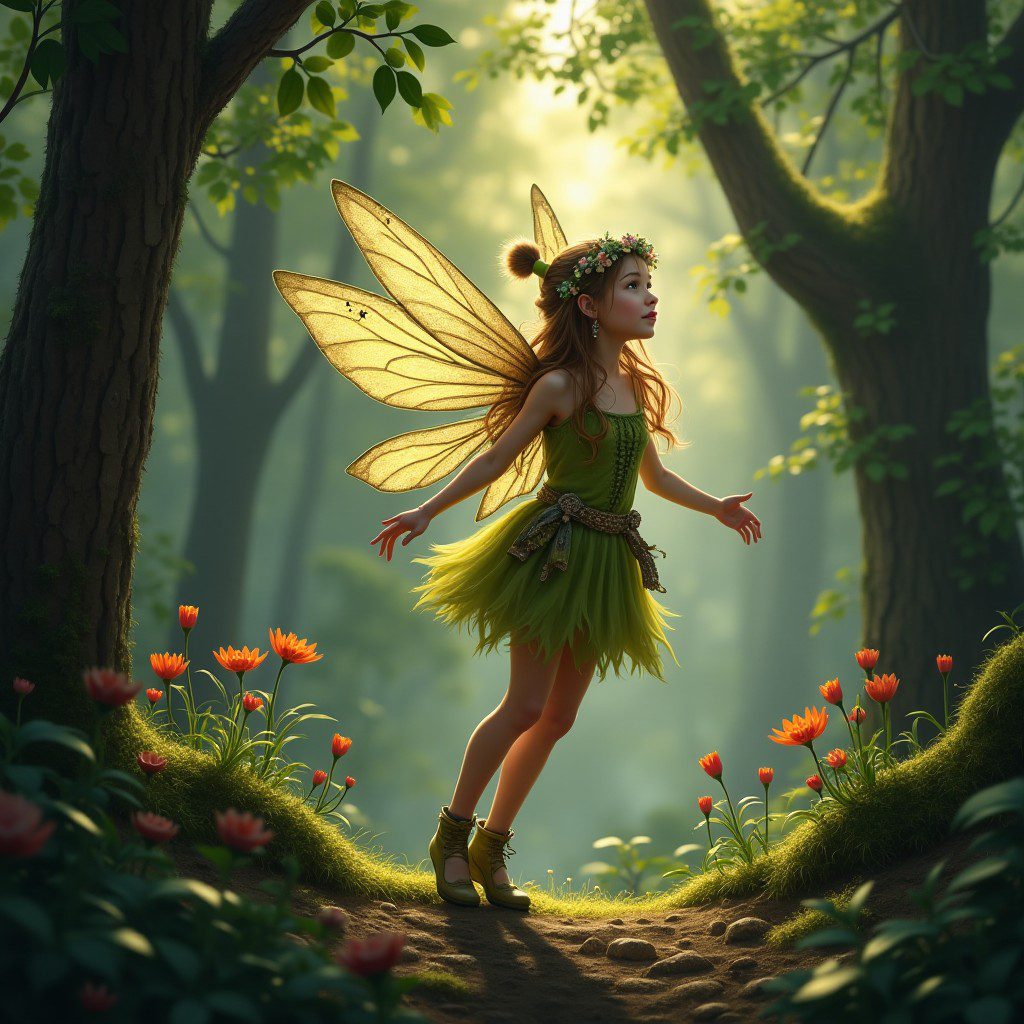
Fairies are common in children’s films and television shows, but they are often portrayed with more depth in adult-oriented fantasy settings.
- Disney: Disney’s depiction of Tinker Bell helped cement the image of the tiny, winged, and helpful fairy in the public consciousness. Tinker Bell has become one of Disney’s most recognizable characters and has been featured in numerous animated films.
- Maleficent: In Disney’s Maleficent, the title character is a dark fairy, portraying fairies as powerful and morally complex beings. Maleficent’s backstory and her struggle with good and evil offer a different perspective on fairy-kind, beyond the simple “good” and “bad” dichotomy.
3. Video Games
Fairies are also featured in a variety of video games, often serving as magical allies, sources of healing, or key characters in fantasy worlds.
- The Legend of Zelda: In The Legend of Zelda series, fairies play an important role, with Navi serving as Link’s guide and helper in Ocarina of Time. Other games in the series feature fairies as sources of healing or magical powers.
- Final Fantasy: Fairies appear in various Final Fantasy games, often as summonable allies or magical creatures that provide aid to the player.
Fairies’ Strengths and Weaknesses
Strengths:
- Magical Abilities: Fairies are often portrayed as having a wide range of magical powers, including flight, invisibility, shape-shifting, and the ability to manipulate nature. They can also cast enchantments, illusions, and healing spells, making them versatile and powerful.
- Connection to Nature: Fairies are deeply connected to the natural world, often drawing their power from the elements or their surroundings. This makes them formidable in settings like forests, lakes, and wild places where they can harness nature’s strength.
- Agility and Trickery: Fairies are frequently portrayed as agile and quick, using their small size and nimbleness to outmaneuver or deceive their enemies. Their cunning and ability to trick others are key traits, making them both charming and dangerous.
Weaknesses:
- Iron: In many legends, fairies are vulnerable to iron, particularly cold iron, which can negate their magic or harm them directly. This vulnerability makes iron a common tool used by humans to protect themselves from fairy mischief or attacks.
- Easily Offended: Fairies are often depicted as being capricious or quick to take offense. Disrespecting a fairy, breaking an oath, or failing to provide proper offerings can turn a once-friendly fairy into a vengeful enemy.
- Rules and Rituals: Fairies are bound by certain rules and rituals, such as being unable to enter a home uninvited or being forced to grant a wish when tricked into a bargain. Clever humans can use these rules to protect themselves or gain favor from the fae.
The Legacy of Fairies in Modern Fantasy
Fairies have remained one of the most enduring figures in folklore and fantasy, symbolizing both the beauty and danger of the natural world. Their dual nature—capable of both kindness and cruelty—reflects humanity’s complex relationship with nature, and their timeless appeal ensures they will continue to enchant, mystify, and terrify audiences in literature, film, and gaming.
Whether they are portrayed as tiny, winged sprites, powerful magical beings
, or mischievous tricksters, fairies will always be a symbol of the mysterious and magical forces that exist just beyond the edge of the known world.
